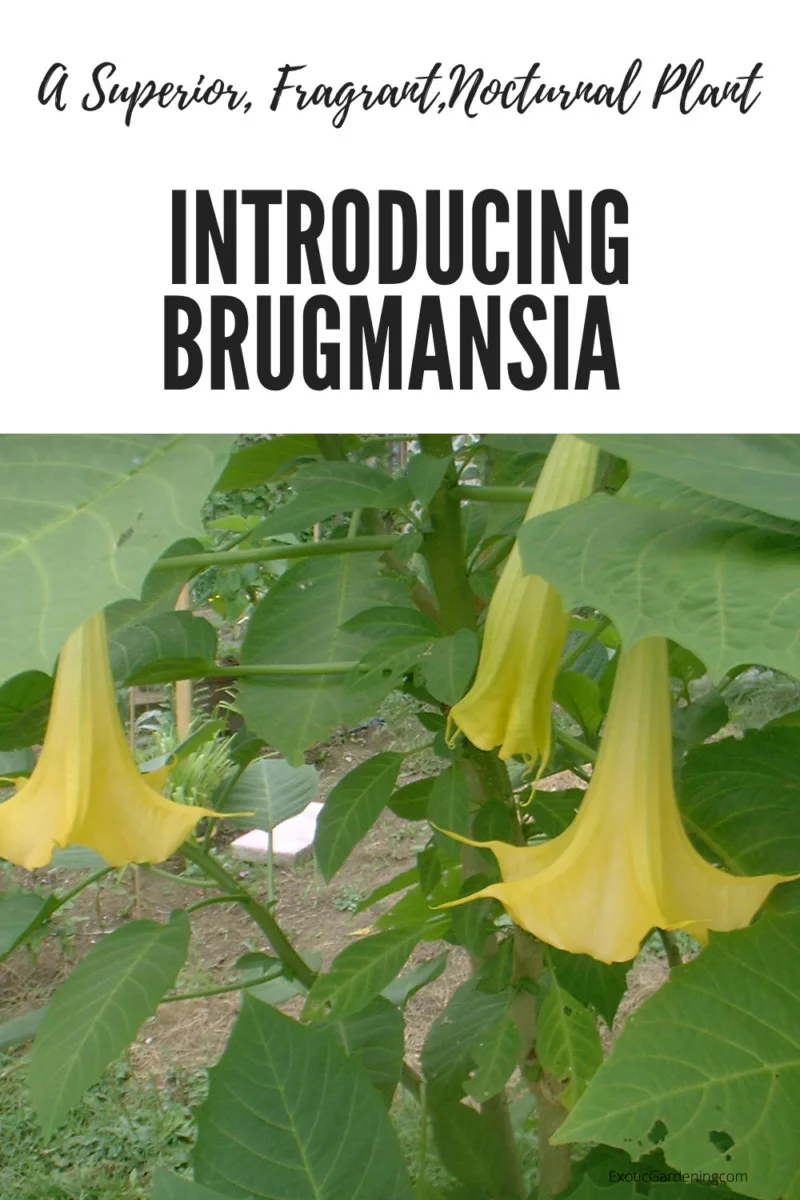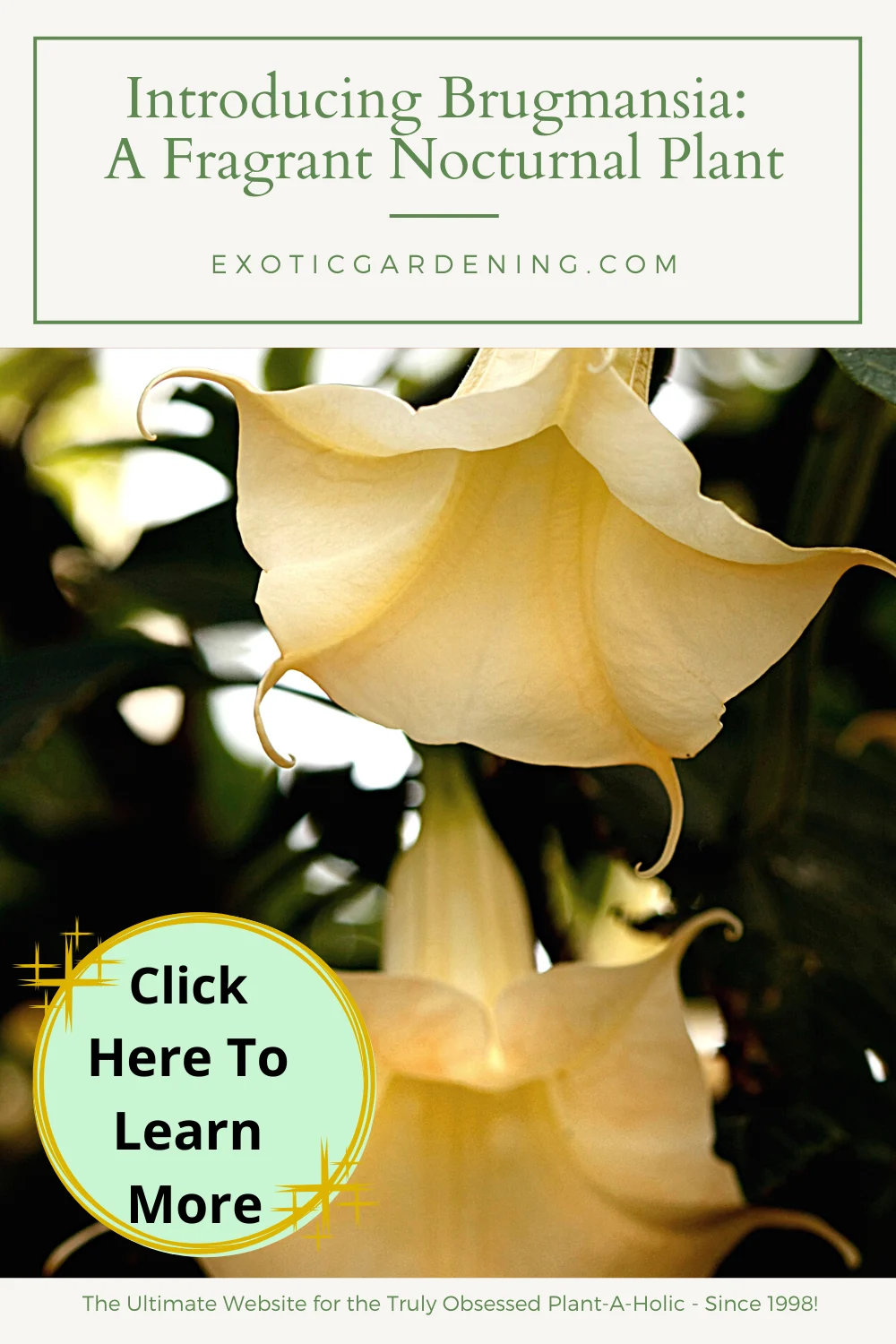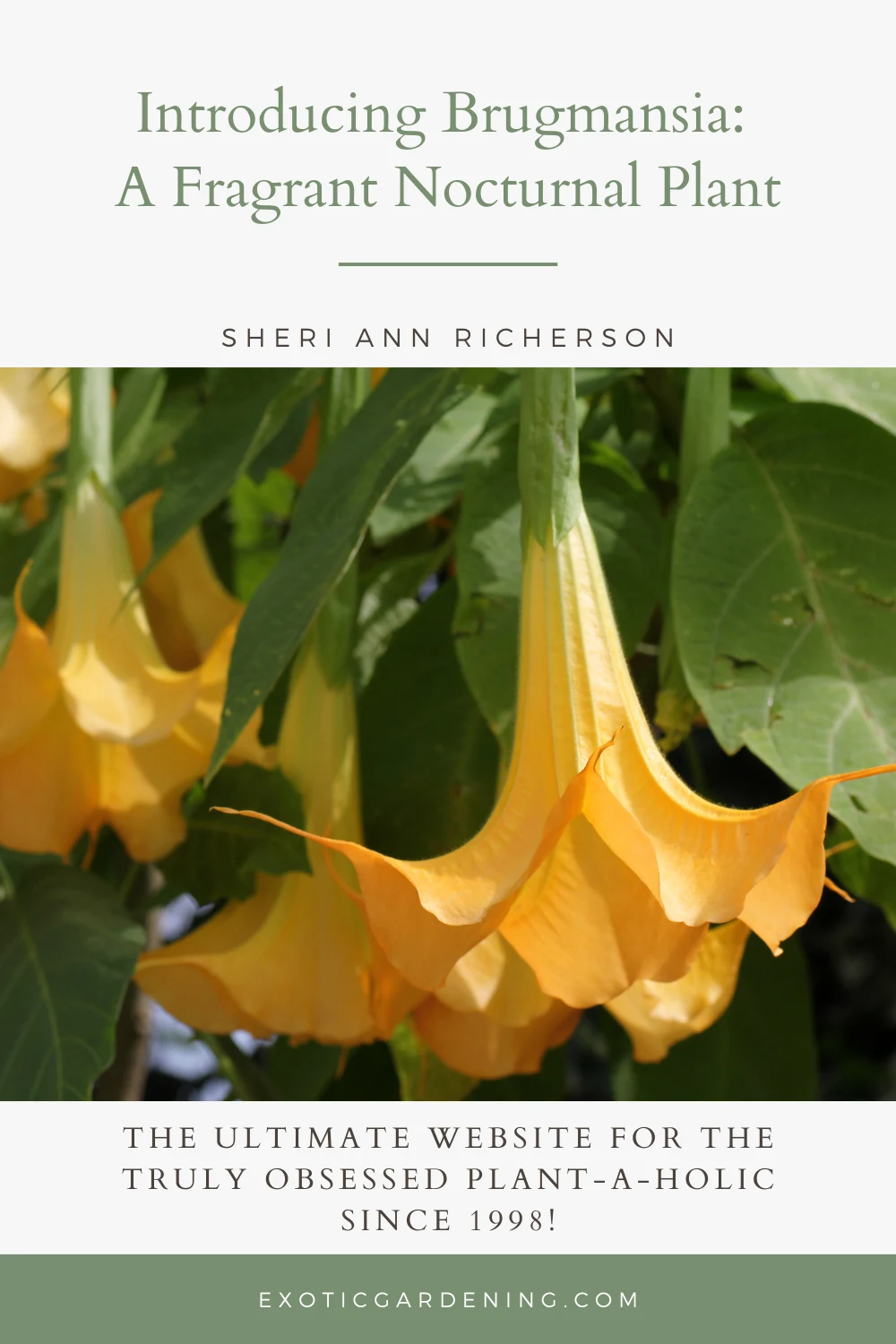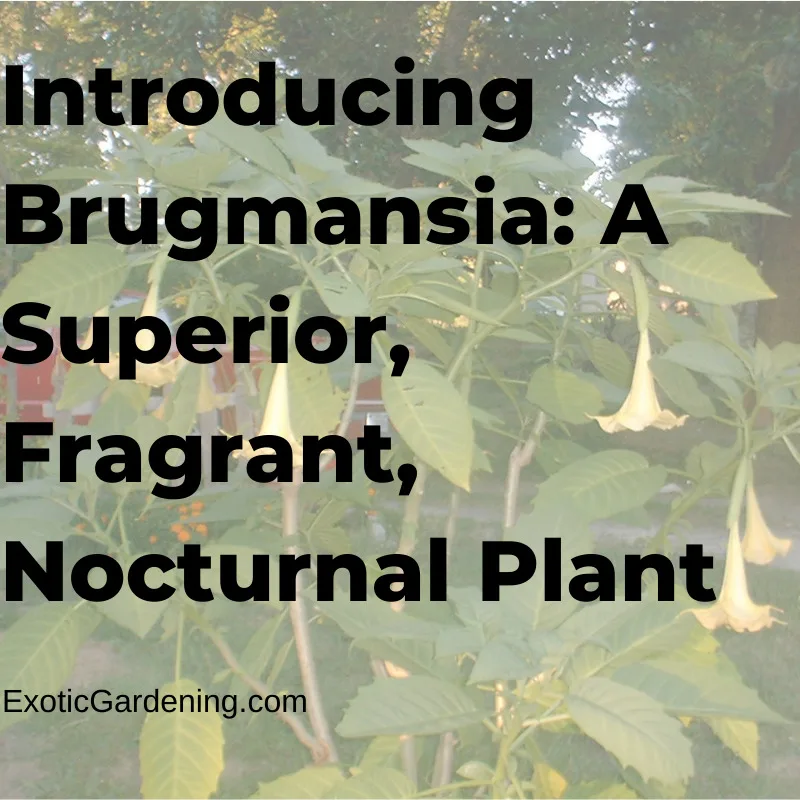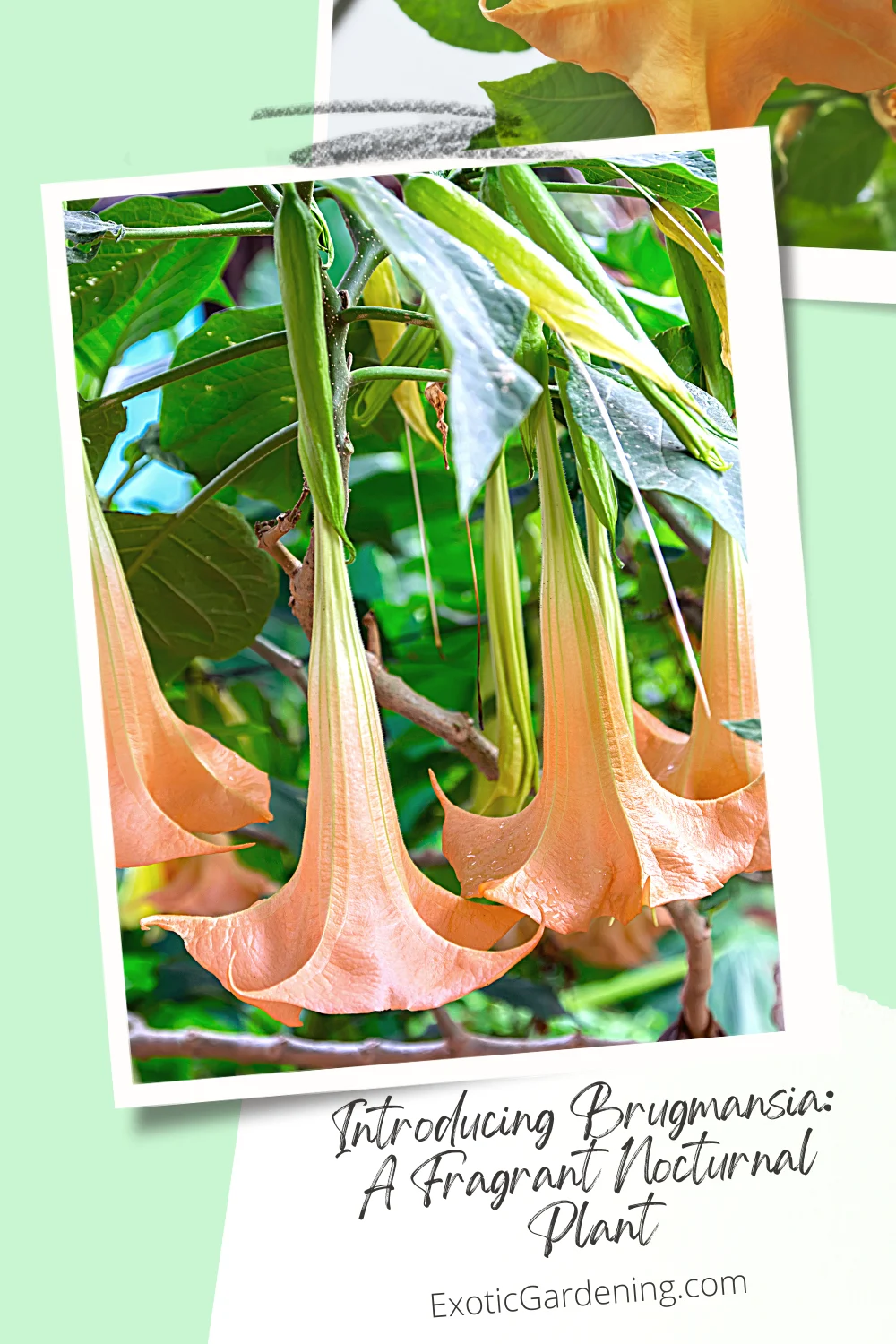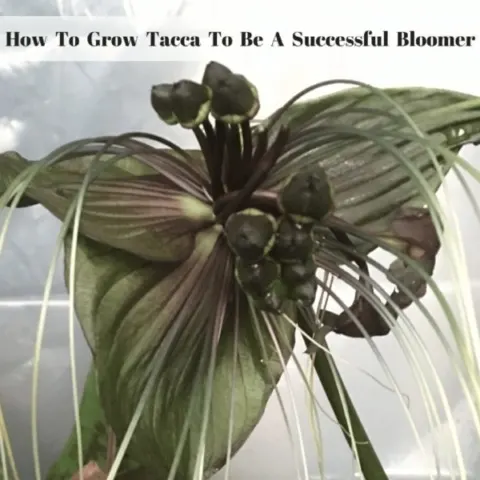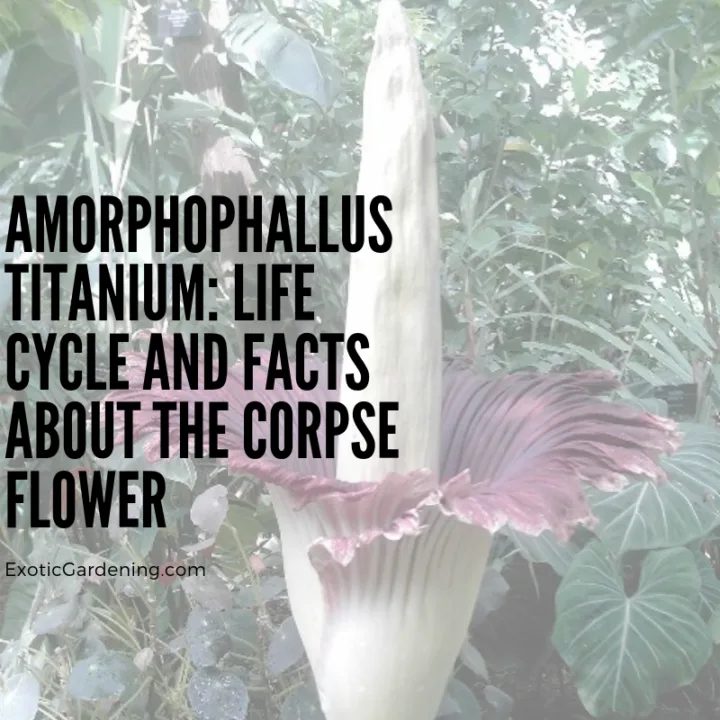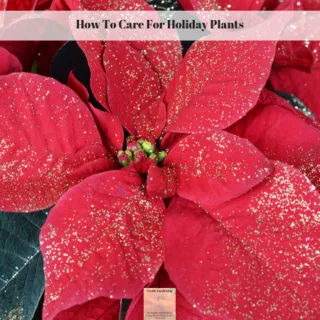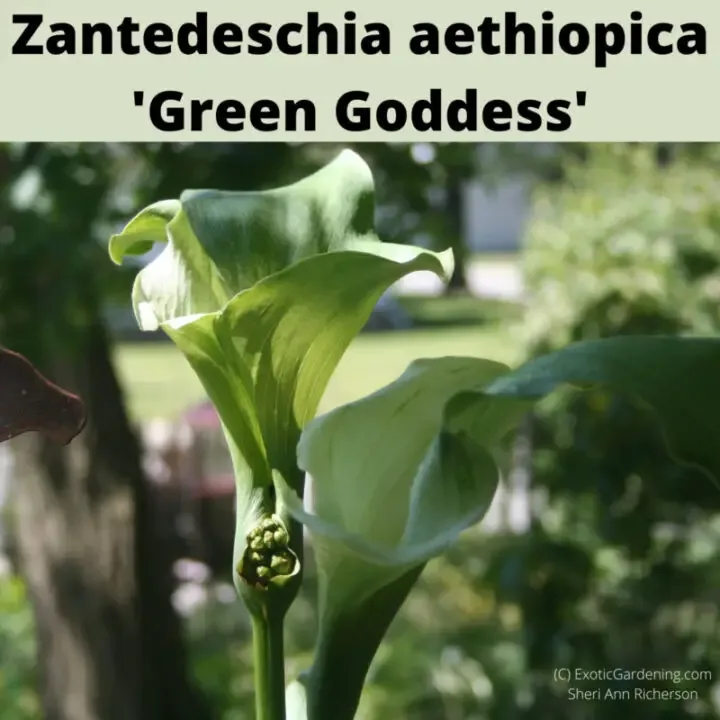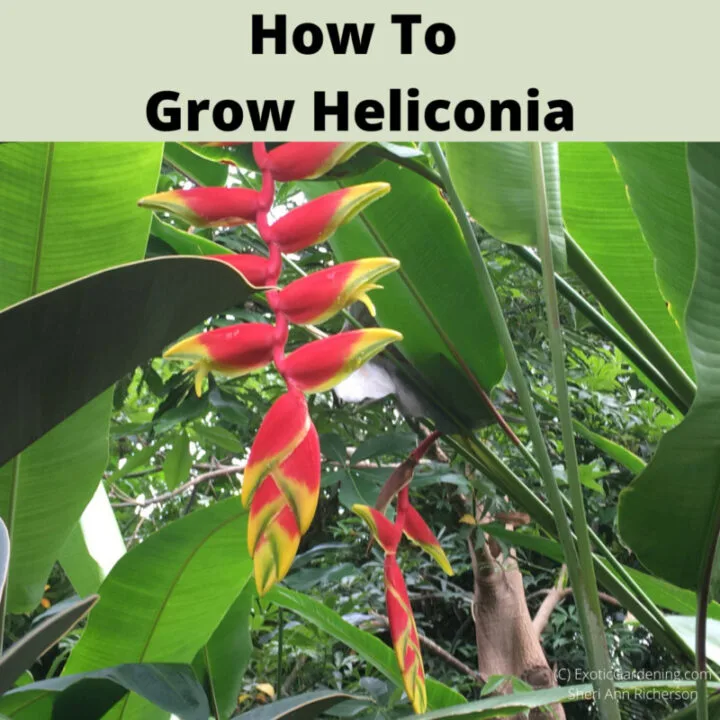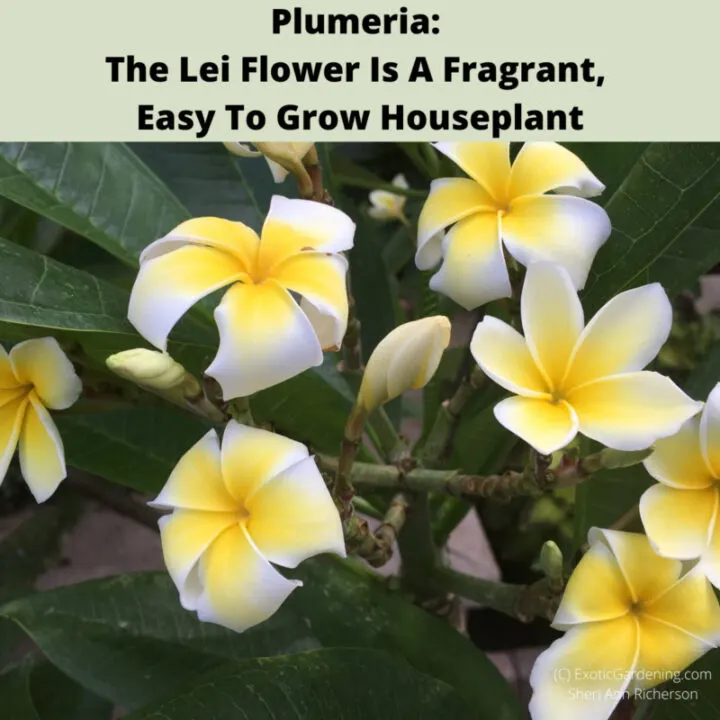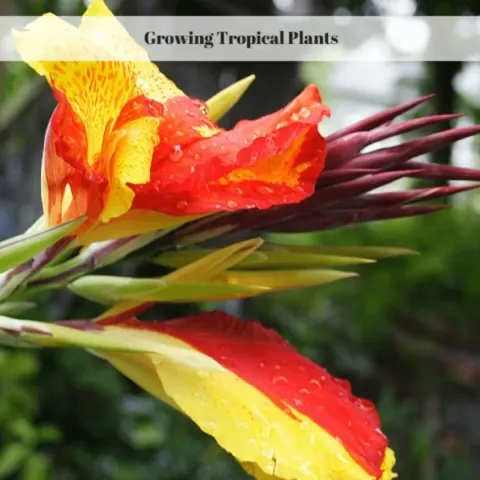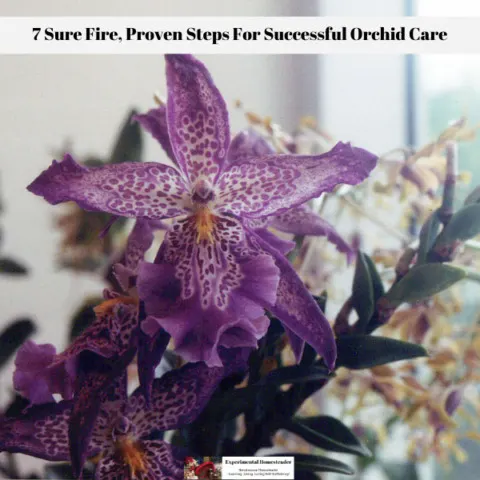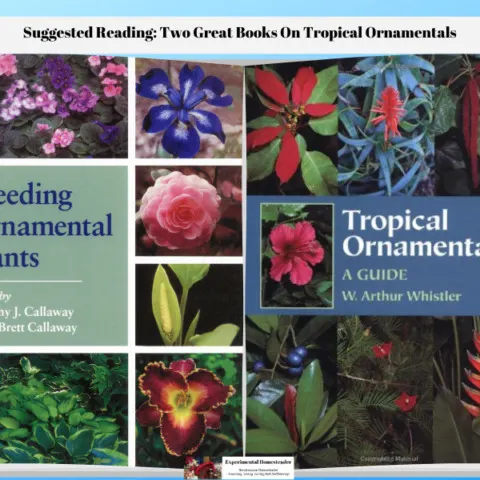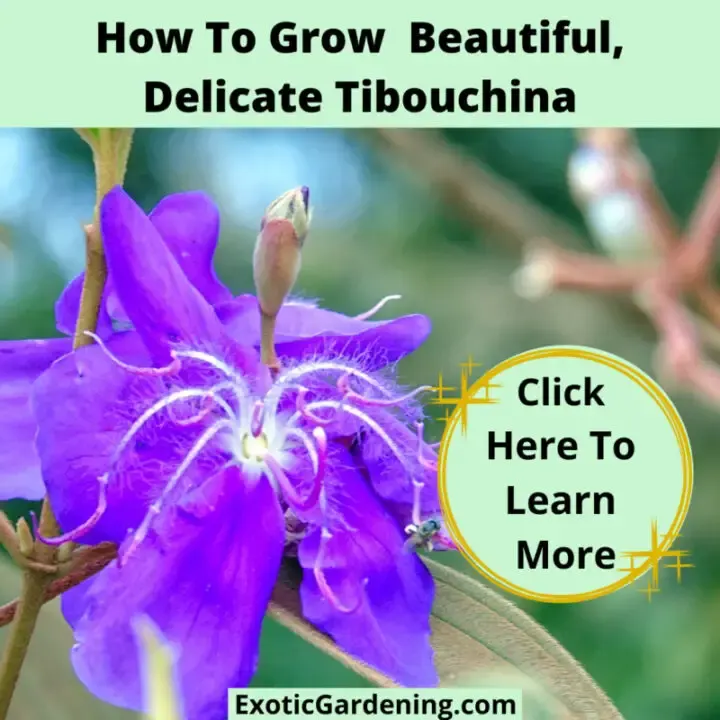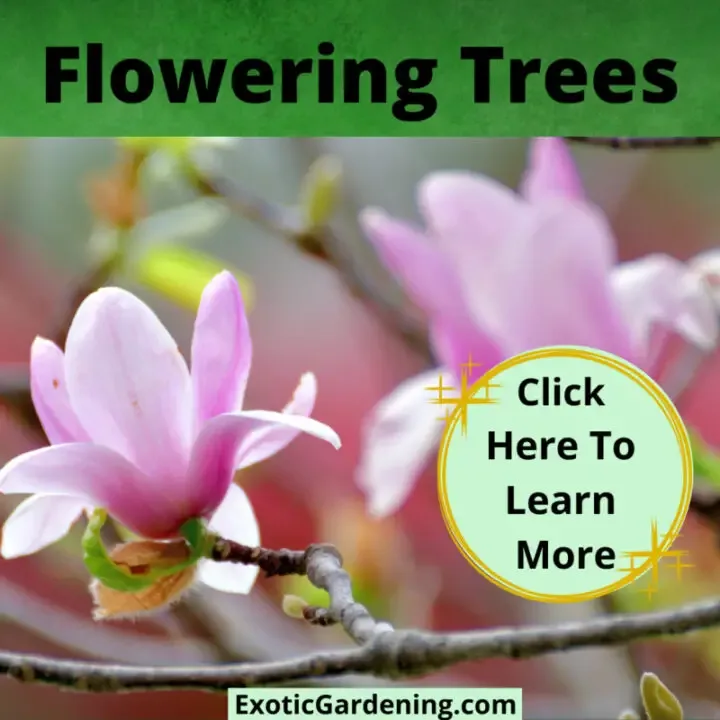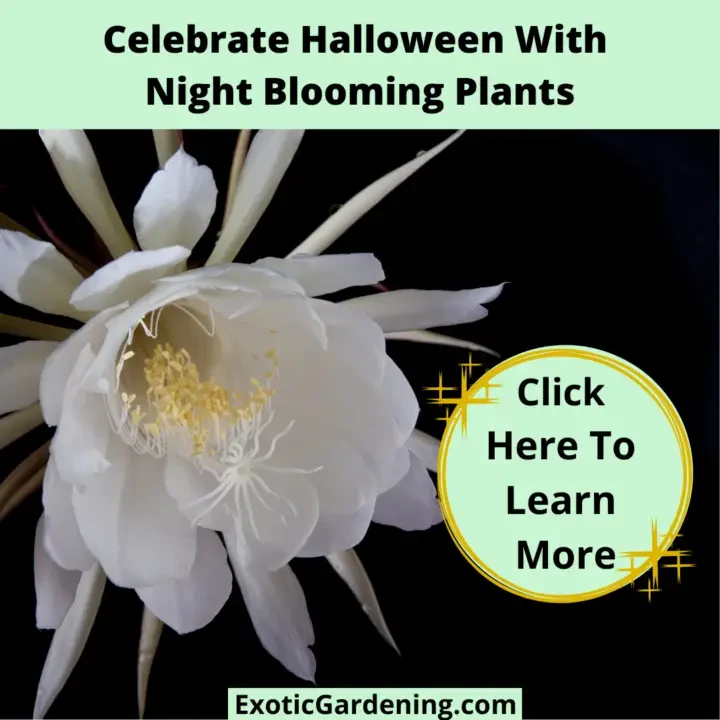These beautiful fragrant plants botanically known as Brugmansia are commonly known as Angel’s Trumpet.
Do not confuse them with the other plant also commonly known by the same name but botanically known as Datura.
While the plants look similar, Brugmansia flowers hang down towards the earth and Datura flowers face upward towards the sky.
Brugmansia Description
Hailing from South America, these beauties love damp conditions with warm days and cool nights.
They are in the Solanaceae family, which is the same family that tomatoes, potatoes and petunias are in.
However, a word of caution: Brugmansias are toxic.
Over Wintering Brugmansia
If you live in zone 9, these are long-lived perennials, but if you are in zone 8 or lower and the roots should freeze, they will die.
The best thing to do is over winter them in either a sunny window or prune them back and store them in a cool, dark place such as a basement.
Some people also overwinter them in their attached garage and allow the plant to go dormant.
Propagation Options
Another option available if you have limited space is to save the seeds by placing a pantyhose or similar material over the seed pod and allowing it to open naturally.
The liquid inside the seed pod is extremely dangerous, and should not be touched with bare skin.
You can take a cutting, dip it in rooting hormone and roll it in newspaper before placing in a safe place.
These plants have been known to root up to two years after they have been stored in this way.
The plants grow rapidly from seeds or cuttings and flower quickly.
It is possible to start the plants from either seeds or cuttings in early spring and get flowers by the middle of summer.
Caring For A Brugmansia Tree
Now, you ask, I have a healthy Brugmansia, how do I go about keeping it happy?
The first thing to do is make sure if you choose to grow yours in a pot that it is balanced so the wind cannot knock it over.
The limbs of these plants break fairly easily.
Remember to leave enough room at the top of the pot to water it.
They love water and can handle a drink daily in the hot summer months.
Another suggestion would be to give your plant some shade during the hot part of the day.
Brugmansias love full sun, but the heat caused by it can result in slowed growth, sparse or no blooms and leaf loss to name just a few of the problems.
Fertilize Your Brugmansia Frequently
Another suggestion is to fertilize your Brugmansias with a good fertilizer at least every two to three weeks.
A commonly used fertilizer such as Miracle-Gro, Peters, or Andersons 17-17-17 is a good choice.
There is no sight like that of a Brugmansia heavy with blossoms.
It’s just gorgeous.
The perfume that the flowers release is a sweet, intoxicating scent.
Brugmansias will bloom abundantly year round if given the proper care.
Pruning Your Brugmansia Tree
If you decide to prune your Brugmansia instead of allowing it to grow naturally, you must wait until it begins to “Y.”
If you have purchased your plant, it may already have a “Y,” but if you are growing yours from a cutting or seeds, you will have to be patient.
The purpose of pruning a Brugmansia is to force it to grow more limbs, thereby forcing it to produce more flowers.
The proper way to do this is to cut all but the newest growth off.
Let it grow a bit and snip it here and there remembering to cut as close to the trunk as possible without cutting into the trunk.
If you prefer a bushy tree, then you must prune a lateral branch.
The cuts here need to be made at the joint, and each joint can produce up to two new branches.
You can also prune the roots of a Brugmansia without hurting the plant.
Prune And Braid Your Plant
If you prefer to get fancier with your Brugmansia, you can make a double or triple trunk tree and then proceed to twist or braid the trunks together, but you must start at an early age so that the trunks are soft and flexible.
You will need to cut the leaves off the stems as you go and keep them tied with pantyhose as this will not cut into the stems.
Using this method you can use one single colored plant, or two to three different colored plants.
The results can be very unique and varied.
Remember there is nothing like having a unique plant that no one else has.
You don’t have to reveal your trade secrets either.
Yes, You Can Grow This Plant In A Pot
The purpose of this is so you can continue to enjoy your plant, without having to buy a new pot.
Speaking of pots, a full grown Brugmansia tree will be perfectly content in a ten gallon pot as long as you keep the roots trimmed and occasionally replace the soil.
Flowering Tropical Plants
How To Grow Tacca To Be A Successful Bloomer
The black flowers intrigued me, but the bat plant comes in many colors - brown, white and even green! Learn how to grow tacca from seed to bloom!
Amorphophallus Titanium: Life Cycle And Facts About The Corpse Flower
Learn about the life cycle of the Amorphophallus titanium as well as how to propagate it and some fun facts about this unique corpse flower.
How To Care For Holiday Plants
Have you ever wondered how to care for holiday plants such as the Poinsettia or the Christmas Cactus? If so, then check out this holiday plant care guide
Zantedeschia aethiopica Green Goddess
Learn how easy it is to grow Zantedeschia althiopica Green Goddess from seed by using the damp paper towel method plus seed to bloom time.
How To Grow Heliconia
Learn how to grow Heliconia. Proper plant care is important to keeping your Heliconia healthy and thriving.
Plumeria: The Lei Flower Is A Fragrant, Easy To Grow Houseplant
Learn how to care for your Plumeria in ground and in containers. Because of the winter dormancy period it is ideal for summer containers.
Growing Tropical Plants
The key to successfully growing tropical plants is learning about them. Growing tropical plants is easy once you know their basic needs.
7 Sure Fire, Proven Steps For Successful Orchid Care
Successful orchid care is pretty easy once you understand the seven basic steps the plant needs to thrive in your home environment.
How To Grow Enormous Tropical Bulbs In Containers
Learn how to successfully grow tropical bulbs in containers. Regardless of where you live, there are reasons to grow in containers.
Easy Exotic Houseplants: Tropicals That Thrive Indoors in Containers
Tropical plants are the most beautiful, easy to grow indoor houseplants. Start growing exotic houseplants today that fruit and flower!
Coral Vine (Antigonon leptopus): A Beautiful Yet Invasive Climbing Vine
Explore the allure and challenges of Antigonon leptopus, a captivating climbing vine, and its impact on local ecosystems.
Suggested Reading: Two Great Books On Tropical Ornamentals
Learn about two books on tropical ornamentals. Breeding Ornamental Plants and Tropical Ornamentals are a must read for those who love plants.
How To Grow Beautiful, Delicate Tibouchina
Tibouchina are beautiful but delicate plants with gorgeous purple flowers and a velvet like foliage. They can be bushes or vines.
How To Grow Mallows
Learn how to grow mallows, a Malvaceae family which includes some of the most popular plants for the home garden, Hibiscus.
Ophrys
Ophrys are a rare group of terrestrial Orchids that grow in the wild and look like insects, especially bees, hence their common name.
Flowering Trees For Fragrance And Beauty
Flowering trees add beauty and fragrance to the garden. There are ones for tropical climates, cold climates and even indoor gardens.
Expert Advice On How To Grow Beautiful Allamandas
Allamandas come in a range of colors, are easy to grow and do well in containers. They also overwinter well indoors in cold climates.
Expert Advice On How To Grow Oleanders
Learn how to grow Oleanders as well as propagation methods. Learn about the toxicity of this plant as well.
Rafflesia Arnoldii
Rafflesia arnoldii produces the largest flower in the world yet this colorful, but strange plant is rare and grows on the rainforest floor.
Tropical Plants In Cold Climates: Overwinter Tropical Plants Or Start Over Each Year From Seed
Tropical plants grown in cold climates look great during the summer outside but many make great houseplants in the winter.
Celebrate Halloween With Night Blooming Plants
A cool way to decorate and celebrate Halloween is with night blooming plants! Create a spooky garden that glows in the dark this year!
How To Grow Tropical Plants
Growing tropical plants - also known as houseplants - indoors is fun and enjoyable plus many of them clean the indoor of pollutants.
It is easy to grow exotic looking plants that produce tropical fruit and colorful flowers in a pot in your living room or office.
Many of these plants are easy to start from seed and I share with you five plants that I recommend for indoor growing.
I also share with you why growing your own tropical fruit saves money.
In this video you will learn:
How to bring tropical plants indoors at the end of summer
How to grow tropical plants indoors
How to protect and overwinter tropical plants outdoors in cold climates
How to propagate tropical plants
How to water tropcial plants
How to grow topical plants in a greenhouse

